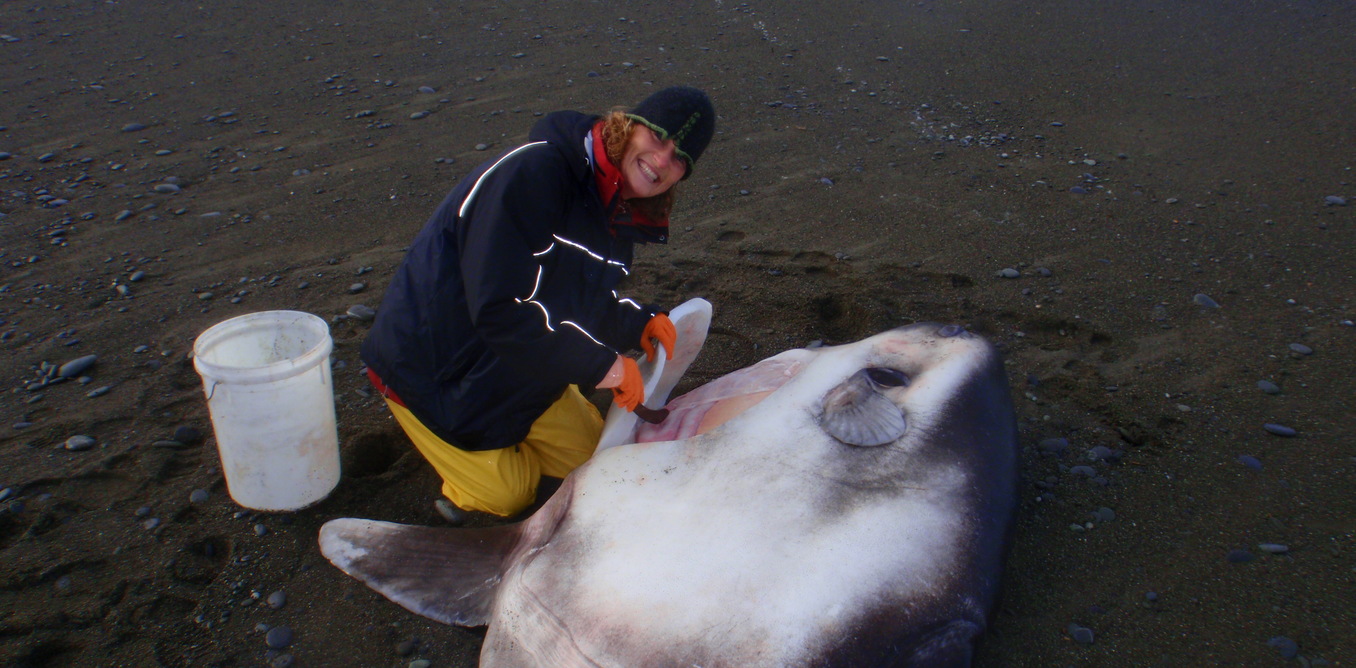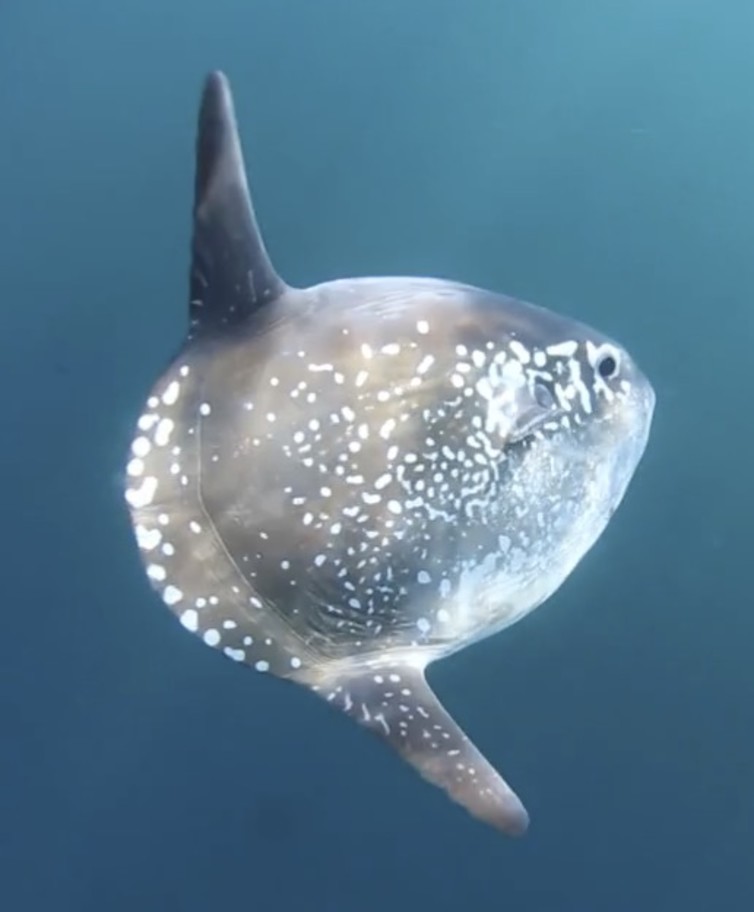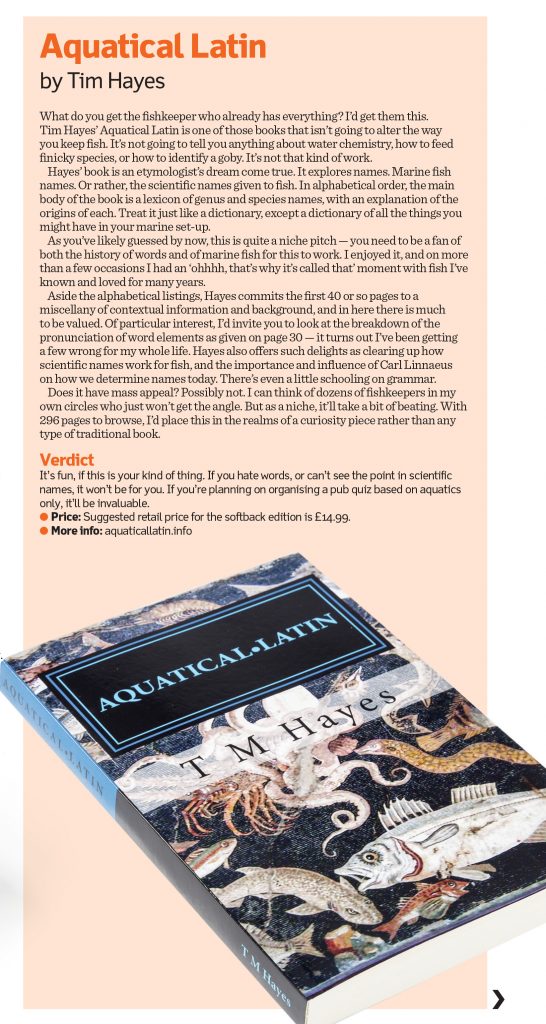Just added: an index to the common names of the fishes featured in AQUATICAL•LATIN Volume 1: Reef Fishes. Includes a free download of the index.
Author: Timataquaticallatin
AQUATICAL•LATIN featured in Practical Fishkeeping April 2018
News – AQUATICAL•LATIN, the book, featured in the April edition of Practical Fishkeeping magazine.
Many thanks to Nathan Hill for the review below.
Practical Fishkeeping is the UK’s Number 1 fishkeeping magazine.
AQUATICAL•LATIN featured in DIVER magazine Feb 2018
News – AQUATICAL•LATIN, the book, featured in the February edition of Diver magazine.
Here are a couple of quotes from the Diver magazine review:
“Hayes is no dry academic, and has a very pleasant style. His introductory chapters are genuinely interesting if you don’t know much about marine-life classification systems”
“…well researched and interesting…”
You can see the review in full here at DIVERNET
DIVER is Britain’s best-selling scuba diving magazine.
Book Launch featured on Lichfield Live
Lichfield Live, the online news service for Lichfield, has been good enough to feature a story about the upcoming book launch for AQUATICAL•LATIN.
AQUATICAL•LATIN official book launch.
We’re pleased to announce that we’re throwing an official book launch party for AQUATICAL•LATIN.
We’re especially proud that the launch party will take place at a prestigious literary venue, the Samuel Johnson Birthplace Museum in Lichfield (Breadmarket Street, Lichfield, WS13 6LG)
All are welcome to come along and meet the author and have a slice of cake and a cup of tea.
The launch party takes place on Saturday the 16th December between 2.00 and 3.00 pm.
AQUATICAL•LATIN featured in pbwnews
News – AQUATICAL•LATIN the book featured in the November edition of pbwnews.
pbwnews is a British print magazine aimed at the UK pet trade.
Two new species of tropical reef fishes.
Aquatic scientific names in the news …
Two new species of tropical reef fishes have been recently described in the journal, Zootaxa.The first is a new species of Dottyback from Indonesia, Pseudochromis stellatus
The second species is an anthiadine serranid, or ‘Anthias‘ from the Ogasawara and Mariana Islands.
 Pseudanthias tequila, Image: N. Tsuji.
Pseudanthias tequila, Image: N. Tsuji.
Etymology
Pseudochromis stellatus Gill, Allen, & Erdmann, 2017, the Greenhead Dottyback.
Pseudochromis – Greek, Pseudo-, pseudes (ψευδης), false; -chromis (χρομις), genus Chromis, referring back to the Greek, Chromis, a sea-fish (classical).
stellatus – Latin, set with stars, starry. “The specific epithet is from the Latin, meaning starry or starred, and alludes to the yellow spots on the upper part of the body. The name was selected by high school students as part of a science activity in the Macleay Museum.” *
Pseudanthias tequila Gill, Tea, & Senou, 2017, the Cave anthias (Japanese name: Bonin-hanadai.
Pseudanthias – Greek, Pseud-, pseudes (ψευδης), false; -anthias (ανθιας), a catch-all common name for fishes of the Anthiinae, referring back to the Greek, Anthias , a sea-fish (classical).
tequila – Spanish, a distilled alcoholic drink, named for the town in Mexico where it was originally made. “The specific epithet refers to the alcoholic beverage tequila sunrise, alluding to the vibrant life colours of the males of the species. *
AQUATICAL•LATIN featured on Reefs.com
Many thanks to Reefs.com for featuring both the AQUATICAL•LATIN website and the new AQUATICAL•LATIN book.
To see more go to: Reefs.com
AQUATICAL•LATIN – the Book!
Available now – the first AQUATICAL•LATIN book:
AQUATICAL•LATIN
Latin for Aquarists
An Etymology of Tropical Marine Reef Species.
by
T. M. Hayes
This first volume takes a look at the etymology, that’s the meaning behind the names, of around 950 species of the most common tropical marine fishes found in the aquatic hobby.
In addition to being an etymological dictionary of species and genus names AQUATICAL•LATIN also looks at subjects such as taxonomy, explains all about scientific names, and includes a handy guide to how these sometimes peculiar looking names should be pronounced.
The perfect gift for the curious aquarist, a useful tool for public aquariums, academics, and an indispensable addition to any aquarist’s library.
AQUATICAL•LATIN is a unique book, it is the only available general etymological work on fishes. Written by marine aquarium writer Tim Hayes. this is an extensively researched and well referenced work.
Product details:
To purchase a copy of AQUATICAL•LATIN please go to the Amazon website
For more information about AQUATICAL•LATIN, the book, please contact AQUATICAL•LATIN via queries@aquaticallatin.info and we’ll do our best to answer your query.
New Species of Ocean Sunfish
Aquatic scientific names in the news …
A new species of Ocean sunfish has been described in the paper, Hiding in broad daylight: molecular and morphological data reveal a new ocean sunfish species (Tetraodontiformes: Molidae) that has eluded recognition, published in the Zoological Journal of the Linnean Society.
 Marianne Nyegaard with a beached hoodwinker sunfish. Image: Murdoch University
Marianne Nyegaard with a beached hoodwinker sunfish. Image: Murdoch University
The new species, Mola tecta, is the result of a four year search centred around genetic sequencing. During her research Marianne Nyegaard analysed more than 150 samples of sunfish DNA, her results indicated that the samples belonged to four distinct species, Masturus lanceolatus, Mola mola, and Mola ramsayi along with a fourth unknown species. The search for the unknown species was carried out by looking at pictures of sunfish on social media as well as pictures sent by observers from New Zealand and Australian fisheries in an attempt to find photographs of a previously undescribed sunfish
In 2014 a small specimen was found tangled up in fishing line, it was hauled out of the water to be freed, photographed and a genetic sample was taken. The search culminated with four fish being stranded in one go on the same beach in New Zealand.
Ultimately enough fish were found to describe this species ranging in size from 50cm to nearly 2.5m. Unlike the other species, they don’t develop lumps and bumps as they grow. Their back fin is separated into an upper and lower part, with a small flexible piece of skin, which has been termed the “back-fold”, connecting the halves.
 Hoodwinker sunfish off the coast of Chile. Image: César Villarroel, ExploraSub
Hoodwinker sunfish off the coast of Chile. Image: César Villarroel, ExploraSub
Sunfish aren’t particularly rare, but they’re tricky to study as they live in parts of the ocean most humans don’t go. Their exact range is unknown but it seems to be the colder parts of the Southern Hemisphere. They’ve been found all around New Zealand (mostly around the South Island), off Tasmania, South Australia, Victoria and New South Wales (Australia), South Africa and southern Chile.
It seems likely that, given its size, this will be the largest new species to be described this year.
Etymology.
Mola tecta Nyegaard, 2017, the Hoodwinker sunfish
Mola – Latin, mill, millstone; grinders, molar-teeth. Alluding to the to the fact that the fish is similar in shape to a millstone (G. Rondelet De Piscibus Marinis1554).
tecta – Latin, hidden; secret, concealed, disguised. Name alluding to the species having been hiding in plain sight for centuries.
See also: Ocean sunfish.





